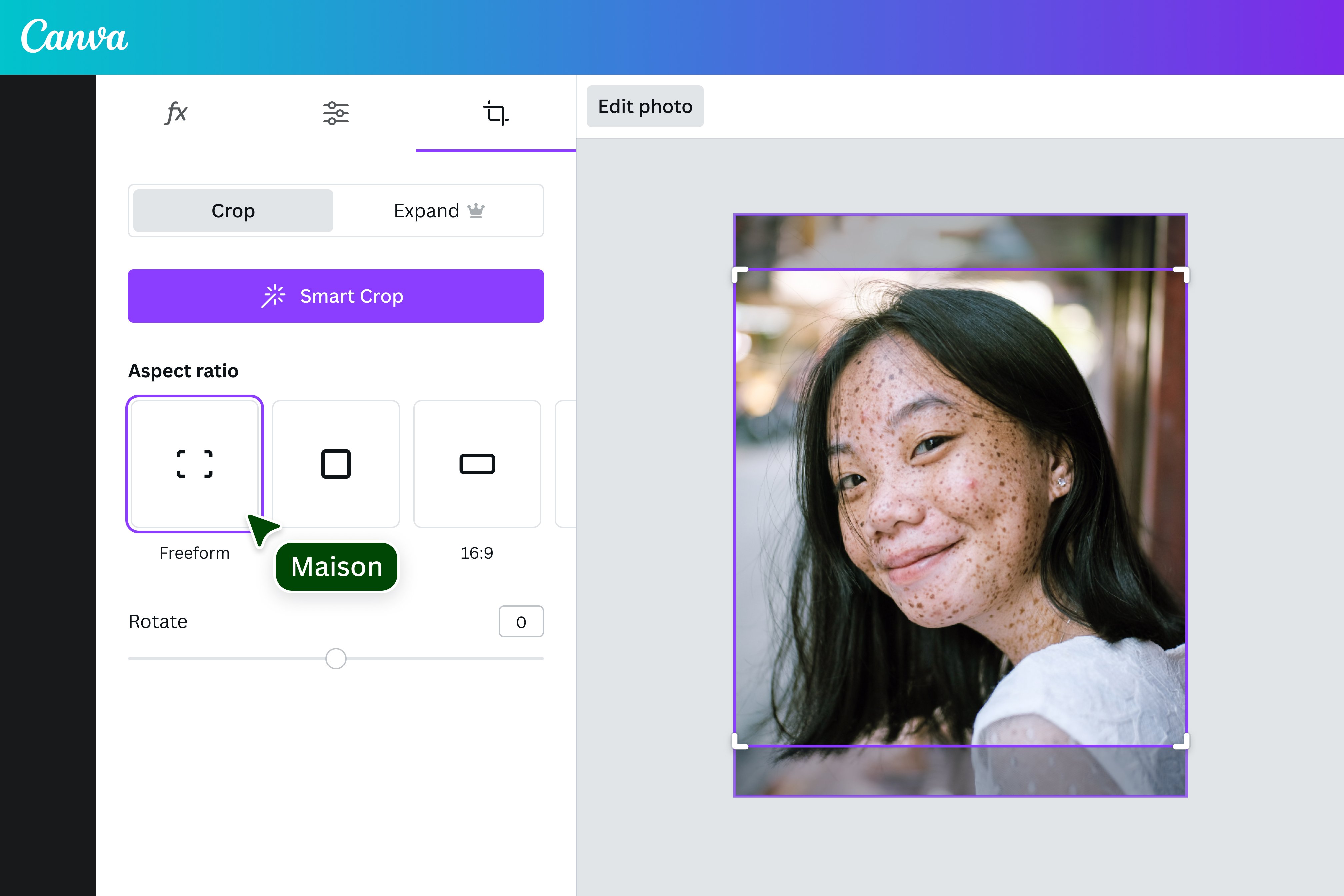
Crop.photo AI Platform: Complete Buyer's Guide
Automate product photography workflows through AI-powered cropping, resizing, and background removal.
Crop.photo AI Platform is a specialized ecommerce image processing solution that automates product photography workflows through AI-powered cropping, resizing, and background removal. The platform targets mid-market retailers and marketplace sellers who need to process high volumes of product images while maintaining consistency across multiple sales channels.
Market Position & Maturity
Market Standing
Crop.photo operates within the specialized ecommerce image processing segment of the broader computer vision market, which Grand View Research projects will reach $128.3 billion by 2030 [3].
Company Maturity
Company maturity indicators include enterprise customer implementations with companies like Workwear Group managing 3,000+ monthly images for major marketplace compliance [51].
Growth Trajectory
Market validation comes through documented customer outcomes across diverse business models, from B2B marketplace sellers to direct-to-consumer brands.
Industry Recognition
Industry recognition includes integration partnerships with major cloud providers and documented case studies across multiple customer segments.
Strategic Partnerships
Strategic partnerships with AWS provide infrastructure stability and scalability, while the platform's API-first approach enables integration with existing ecommerce ecosystems.
Longevity Assessment
Long-term viability appears supported by the platform's focus on operational efficiency challenges that persist regardless of broader AI market volatility.
Proof of Capabilities
Customer Evidence
Workwear Group, Wonder Wheel, and A&A Wines are notable customers with documented implementations [51][52][55].
Quantified Outcomes
Customer implementations consistently achieve 70-95% time savings for bulk image processing [51][55].
Case Study Analysis
Workwear Group achieved 70% faster on-model cropping for 3,000+ monthly images, enabling compliance across Macy's and Nordstrom marketplaces [51].
Market Validation
The platform serves 250+ Shopify stores currently deployed [44].
Competitive Wins
Customer testimonials indicate successful displacement of manual processes and basic automation tools, with businesses achieving measurable ROI through 12-18 month payback periods [43][54].
Reference Customers
Enterprise customers include Workwear Group, Wonder Wheel, and A&A Wines [51][52][55].
AI Technology
Crop.photo's AI architecture centers on content-aware cropping algorithms that detect low-contrast subjects with 30% higher accuracy than basic tools [40][46].
Architecture
The technical foundation leverages AWS Rekognition integration for scalability, operating through RESTful APIs that enable bulk processing of 100,000+ images daily [43][51][54].
Primary Competitors
Primary competitors include Google Vision API, Amazon Rekognition, and Vue.ai [11][16][17].
Competitive Advantages
Competitive advantages center on vertical specialization for ecommerce workflows, with fashion-specific features like nose-to-eye precision cropping [51].
Market Positioning
Market positioning as a specialized ecommerce solution differentiates Crop.photo from general-purpose AI platforms.
Win/Loss Scenarios
Win scenarios favor Crop.photo for fashion marketplaces processing 3,000+ monthly images, dropshipping operations requiring background standardization, and Shopify stores needing bulk processing automation [44].
Key Features

Pros & Cons
Use Cases
Integrations
Pricing
Featured In Articles
Comprehensive analysis of Image Recognition for Ecommerce for Ecommerce businesses and online retailers. Expert evaluation of features, pricing, and implementation.
How We Researched This Guide
About This Guide: This comprehensive analysis is based on extensive competitive intelligence and real-world implementation data from leading AI vendors. StayModern updates this guide quarterly to reflect market developments and vendor performance changes.
57+ verified sources per analysis including official documentation, customer reviews, analyst reports, and industry publications.
- • Vendor documentation & whitepapers
- • Customer testimonials & case studies
- • Third-party analyst assessments
- • Industry benchmarking reports
Standardized assessment framework across 8 key dimensions for objective comparison.
- • Technology capabilities & architecture
- • Market position & customer evidence
- • Implementation experience & support
- • Pricing value & competitive position
Research is refreshed every 90 days to capture market changes and new vendor capabilities.
- • New product releases & features
- • Market positioning changes
- • Customer feedback integration
- • Competitive landscape shifts
Every claim is source-linked with direct citations to original materials for verification.
- • Clickable citation links
- • Original source attribution
- • Date stamps for currency
- • Quality score validation
Analysis follows systematic research protocols with consistent evaluation frameworks.
- • Standardized assessment criteria
- • Multi-source verification process
- • Consistent evaluation methodology
- • Quality assurance protocols
Buyer-focused analysis with transparent methodology and factual accuracy commitment.
- • Objective comparative analysis
- • Transparent research methodology
- • Factual accuracy commitment
- • Continuous quality improvement
Quality Commitment: If you find any inaccuracies in our analysis on this page, please contact us at research@staymodern.ai. We're committed to maintaining the highest standards of research integrity and will investigate and correct any issues promptly.